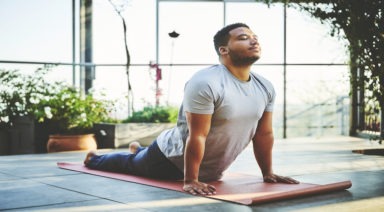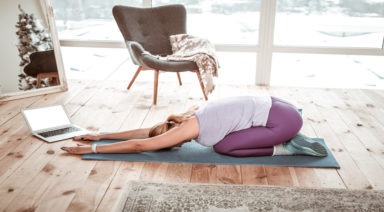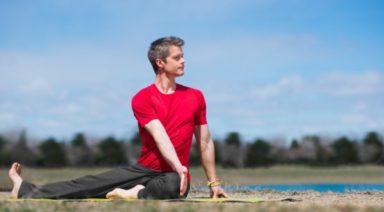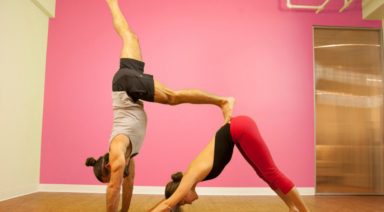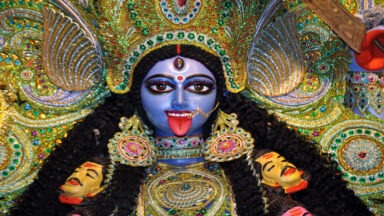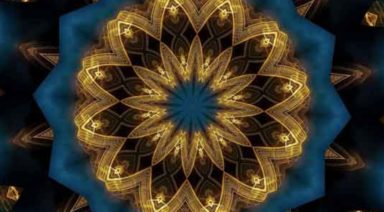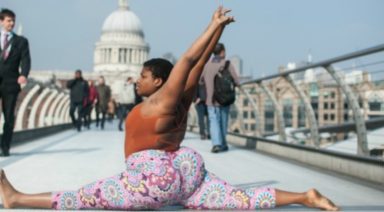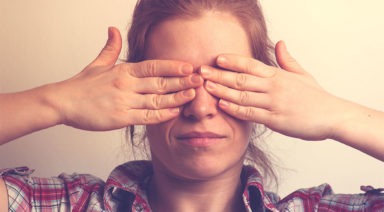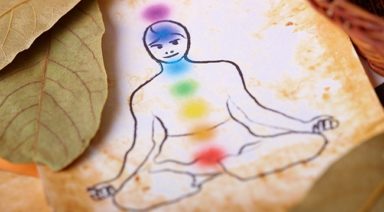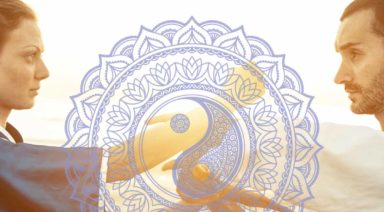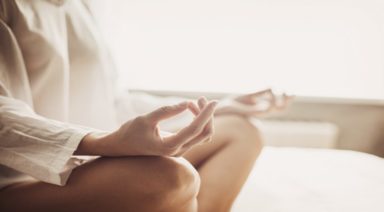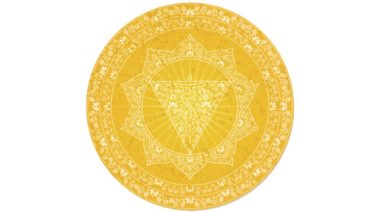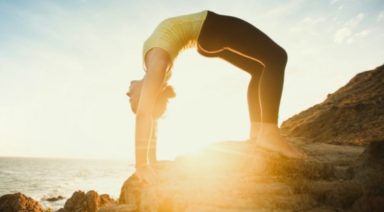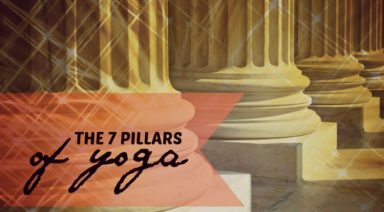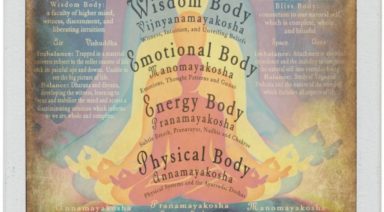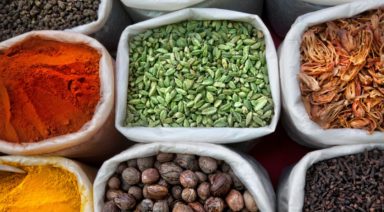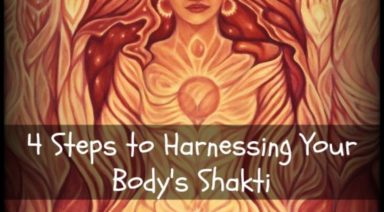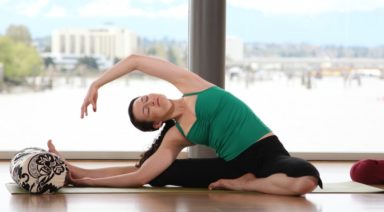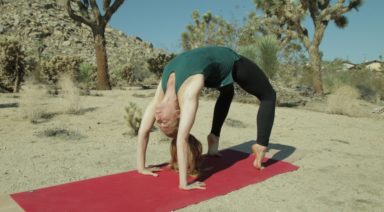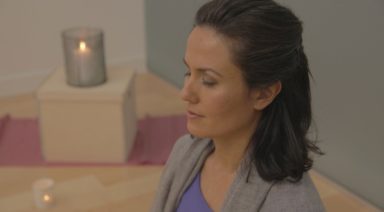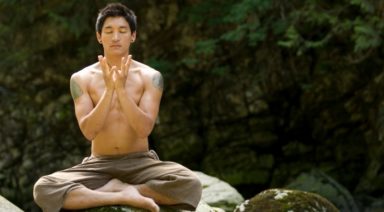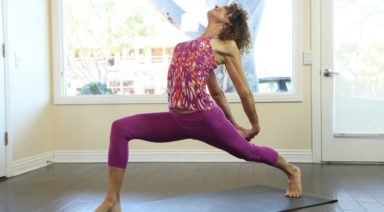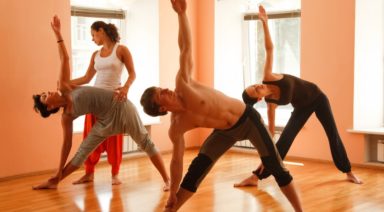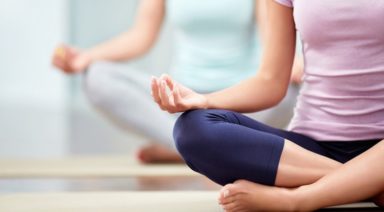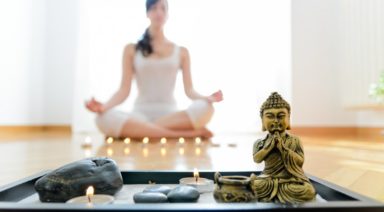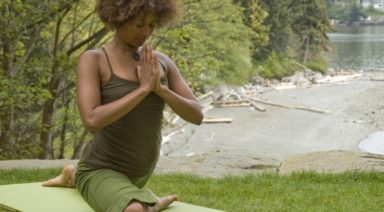Go Softly: The Benefits of Gentle Yoga
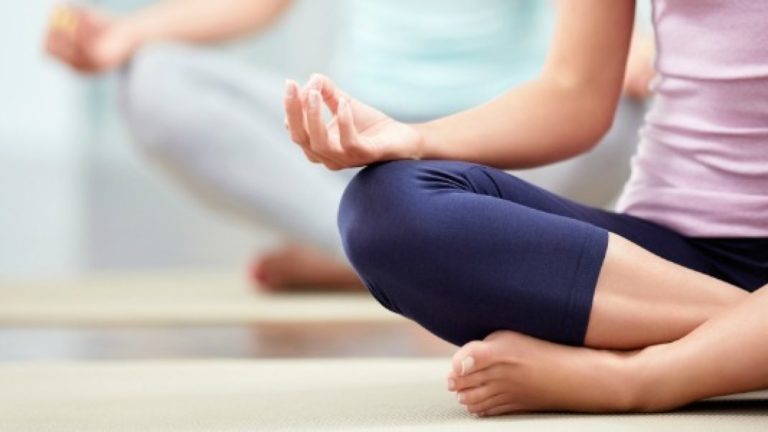
Gentle yoga, I think, is the true yoga. We jumped, we did a million planks and down dogs, and we stayed in a pose for five minutes. Now we have arrived at a place where we are learning to be gentle with our body.
In my early teaching days, most people who came to gentle yoga were pregnant women and seniors with injuries. Nowadays I see more and more young people stepping in, wanting to be gentle with their body.
Our body is a living vehicle that we have abused and misused, and it shows wear and tear and all the experiences we have gone through. Gentle yoga helps you realize that you should not take your body for granted. It’s a gift, a costume that allows us to express ourselves and experience this world. It’s the main character in your life’s movie, creating a connection with the stories that make you YOU!
We all know of yoga’s numerous benefits. In gentle yoga, you take time to feel your body move. Breath and movement are pathways to keep the organs healthy and joints lubricated. Mostly, gentle yoga helps you have a sound mind to dictate and nurture the cells in the body. We are made of energy, and gentle yoga makes you listen to your own words and slow your pace a little. What thoughts do you tell your body?
Here’s a sample of a gentle hatha yoga practice.
Gentle yoga is a bridge between moving in flow and staying stationary. It is a midway, where there is equilibrium and bliss in every pose.
You stay in a pose long enough to enjoy that you are not pushing yourself. The body gets rid of toxins naturally. You sweat in a few poses and not at all in others, but the feeling of bliss is constant. Gentle yoga equally strengthens and stretches, increasing flexibility and repairing muscles that are in need of love. There is no hurry to finish a sequence. It’s all about relaxing and allowing yourself and your body to have as much relaxation as you want.
Gentle yoga keeps the atmosphere free of competition and comparison. There is no frustration of not doing a pose, no agitation of holding a pose. We all work within that unity to strengthen groups of muscles together. So the energy of the class is generally happy and calm.
I am very happy to see people take their time during the savasana. Everyone has to return to their own stories sooner or later, but surrendering to the body and waiting for the body to prepare to move is what gentle yoga helps with.
Most importantly, people are becoming aware of their body and how it works individually. And seeing them return for more every week is rewarding.
The Science of Yoga
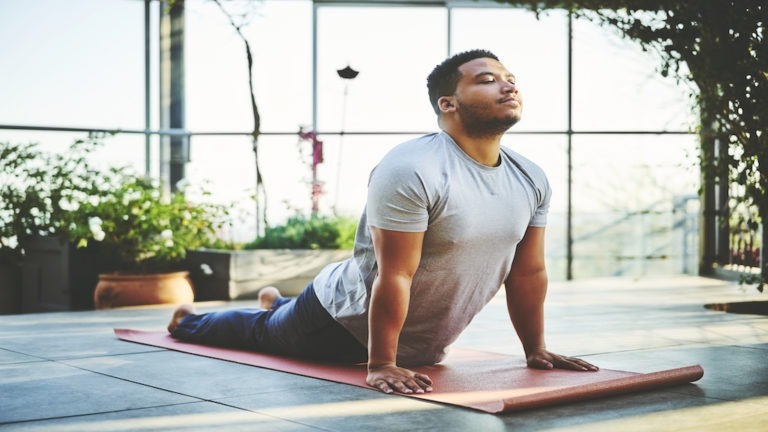
Stress has become a way of life. Whether the days are full of multiple goals and endless obligations, traffic jams and transit delays, complex systems of bureaucracy and finance, or an overwhelming array of in-person and virtual relationships, the pace of current human existence is bursting at the seams.
For centuries, sages have relied on yoga to transcend earthly limitations. Each meditative pose is an effort to identify pockets of pain that accumulate inside the body. Each inhale confronts suffering. Each exhale is an attempt to transcend it. Through this process, worry is replaced with loving-kindness.
Now, bodies of research are proving that yoga is more than a niche spiritual force for enlightened beings.
Yoga has the power to heal the world, one human at a time.
The Rise of Yoga
A system of poses, breathing exercises, and meditations that originated in ancient India to inspire physical, mental, and spiritual well-being first started to spread around the world as a form of exercise in the twentieth century.
For decades, in the US, yoga seemed to capture the interests of quirky, white city dwellers and affluent suburbanite moms, but over the last decade, it has expanded from the studio and can currently be found in public parks, hospitals, outpatient clinics, workspaces, elementary schools, military bases, rehab centers, and even airports.
In fact, the 2016 Yoga in America Study commissioned, by Yoga Journal and Yoga Alliance, estimated that more than 36 million people were practicing yoga in the US by 2015, compared to 20.4 million in 2012. A staggering 80 million people are likely to try yoga in 2016.
The Origins of Yoga
Yoga is first mentioned in the Bhagavad Gita, an ancient collection of Sanskrit poetry that is sacred to the Hindu religion, dating as far back as the second century BCE. Verse 48 of Chapter Two essentially describes yoga as a state of equilibrium.
In the series Introduction to Yoga Sutras, Nicolai Bachman references the authoritative text on yoga to explore what it means to live a yogi life. He teaches that yoga is a path to positive transformation. Through a dedicated yoga practice, one can root out negativity and plant loving kindness. Citing Sutra 1.2, “yoga-citta-vritti-nirodhah,” Bachman describes yoga as a powerful tool for calming the noise.
While the validity of ancient texts may invite skepticism, the first professional-level medical textbook on yoga was released in the US in 2016. In Chapter One, “Introduction to Yoga in Health Care,” licensed medical practitioners recognize the importance of developing habits that balance emotions and modify unhealthy thought-patterns and acknowledge that yoga can play an integral role in preventing disease.



